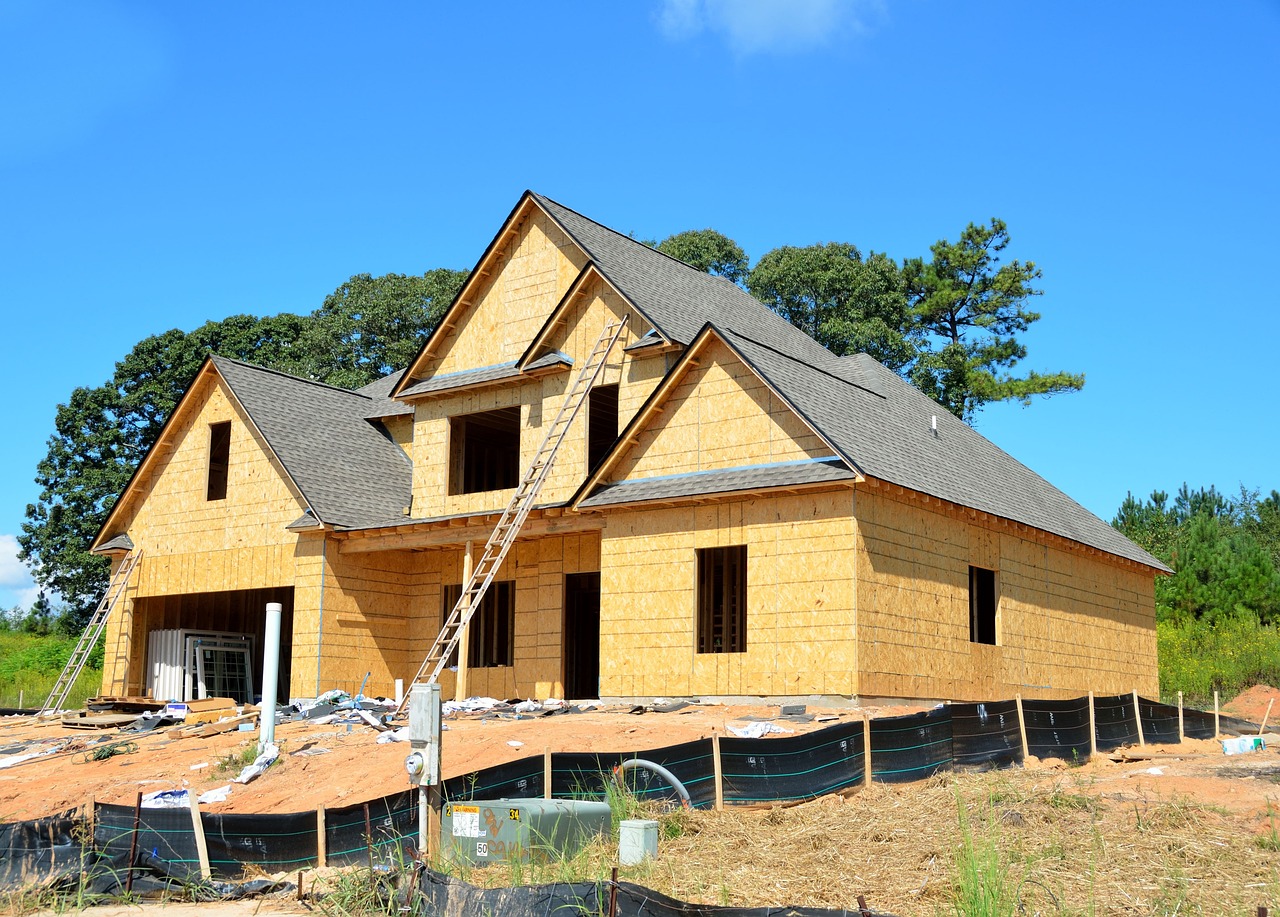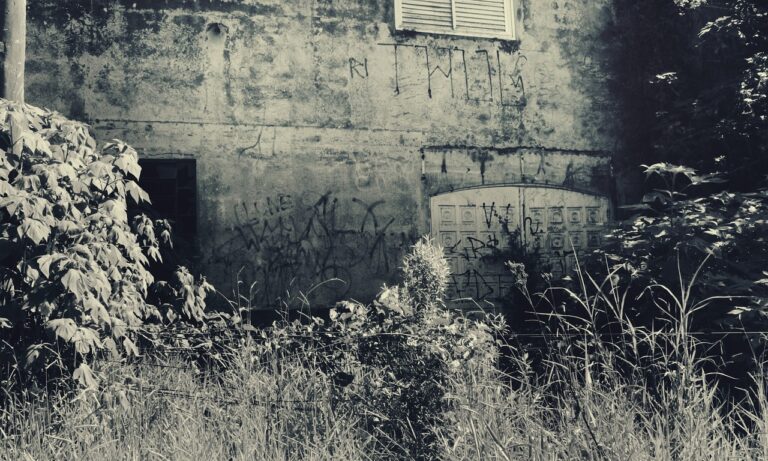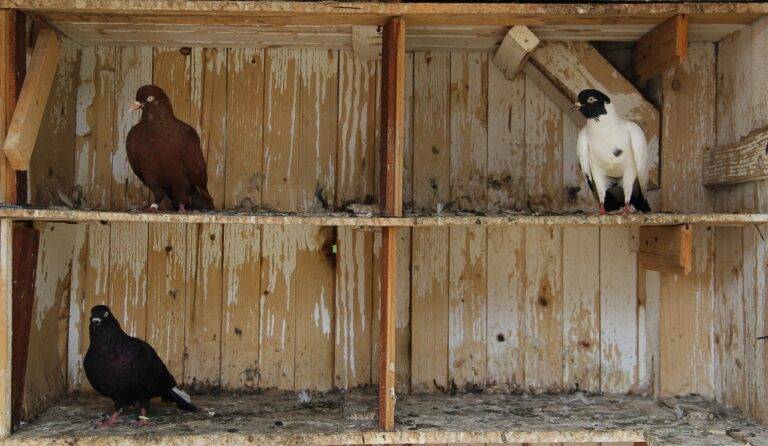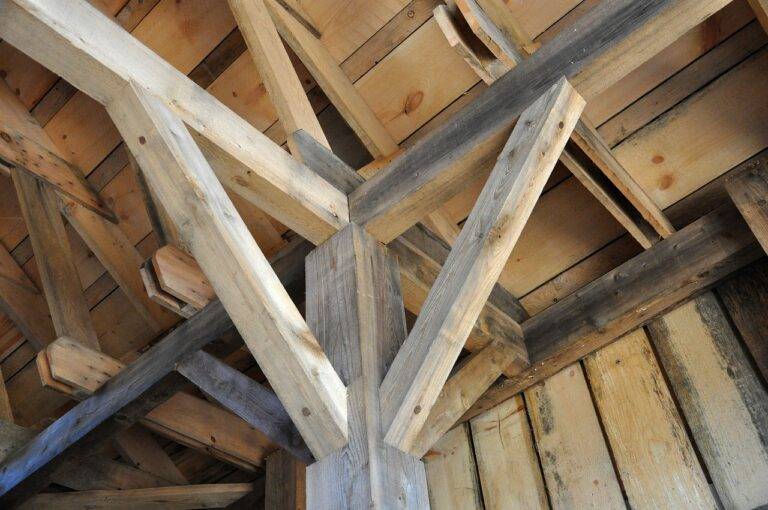DIY Home Maintenance: Essential Tasks for Homeowners
Air filters play a crucial role in maintaining good indoor air quality and maximizing the efficiency of your HVAC system. Over time, air filters become clogged with dust, dirt, and other particles, which can hinder airflow and lead to decreased system performance. It is recommended to check your air filters regularly, typically every 1 to 3 months, and replace them when they appear dirty or no longer effectively capture debris.
Failing to change air filters as needed can result in reduced air quality, increased energy consumption, and potential damage to your HVAC system. By staying on top of filter changes, you can ensure that your system operates efficiently, extends its lifespan, and helps create a healthier indoor environment for you and your family. Remember that different filters may have varying lifespans, so be sure to consult your system’s manual for specific recommendations on how often to replace them.
Cleaning Gutters and Downspouts
When it comes to maintaining your home, cleaning gutters and downspouts is a crucial task that should not be neglected. Clogged gutters can lead to water damage, mold growth, and even structural issues if left unchecked. Regularly removing debris such as leaves, twigs, and dirt from your gutters can prevent these issues and keep your home in good condition.
To clean your gutters effectively, start by using a ladder to access them safely. Remove any large debris by hand and then use a garden trowel or small shovel to scoop out the remaining gunk. Once the gutters are clear, use a hose to flush out any remaining dirt and ensure that water is flowing freely through the downspouts. This simple task, when done regularly, can help protect your home from water damage and prolong the life of your gutters and roof.
Inspecting and Repairing Roof Damage
When it comes to maintaining the integrity of your home, inspecting and repairing roof damage is a crucial task that should not be overlooked. Even minor issues like missing shingles or cracked tiles can lead to more extensive damage if left unattended.
Regular inspections of your roof can help identify any problems early on, allowing for timely repairs to be made. It is advisable to look out for signs of water stains on the ceiling, sagging areas on the roof, or any visible cracks or damage to the shingles. Taking proactive measures to address these issues promptly can prevent further damage and potentially save you from costly repairs down the line.
Regular inspections of your roof are essential to identify issues early on
Look out for water stains on the ceiling, sagging areas, and visible cracks in shingles
Taking proactive measures can prevent further damage and save you money in the long run
If you do notice any signs of damage to your roof, it is important to address them promptly. Ignoring minor issues can lead to more significant problems over time, such as leaks or structural damage. Depending on the extent of the damage, repairs may be something you can tackle yourself or may require professional help. It is always best to consult with a roofing expert if you are unsure about how to proceed with repairs.
Addressing roof damage promptly is crucial to prevent larger problems
Repairs may range from DIY fixes to professional assistance
Consult with a roofing expert if unsure about repair options
In addition to inspecting and repairing existing damage, taking preventive measures can also help extend the life of your roof. Keeping gutters clean and free of debris, trimming overhanging branches that could cause damage during storms, and ensuring proper ventilation in your attic are all ways to maintain the health of your roof.
Preventive measures like keeping gutters clean and trimming branches can extend roof life
Proper ventilation in attic helps maintain overall health of roof
Why is it important to inspect and repair roof damage?
Inspecting and repairing roof damage is important to prevent further structural damage to your home and to ensure the longevity of your roof.
How often should I inspect my roof for damage?
It is recommended to inspect your roof for damage at least twice a year, in the spring and fall, and after any severe weather events.
What are some common signs of roof damage?
Common signs of roof damage include missing or damaged shingles, leaks in the attic, water stains on the ceiling, and sagging or uneven rooflines.
Can I repair roof damage myself?
While small repairs such as replacing a few shingles can be done DIY, it is recommended to hire a professional roofing contractor for larger or more complex repairs to ensure the job is done correctly and safely.
How can I prevent roof damage in the future?
To prevent roof damage in the future, it is important to maintain your roof by keeping it clean, trimming overhanging branches, and promptly addressing any issues that arise. Regular inspections and maintenance are key to preventing costly repairs down the line.







